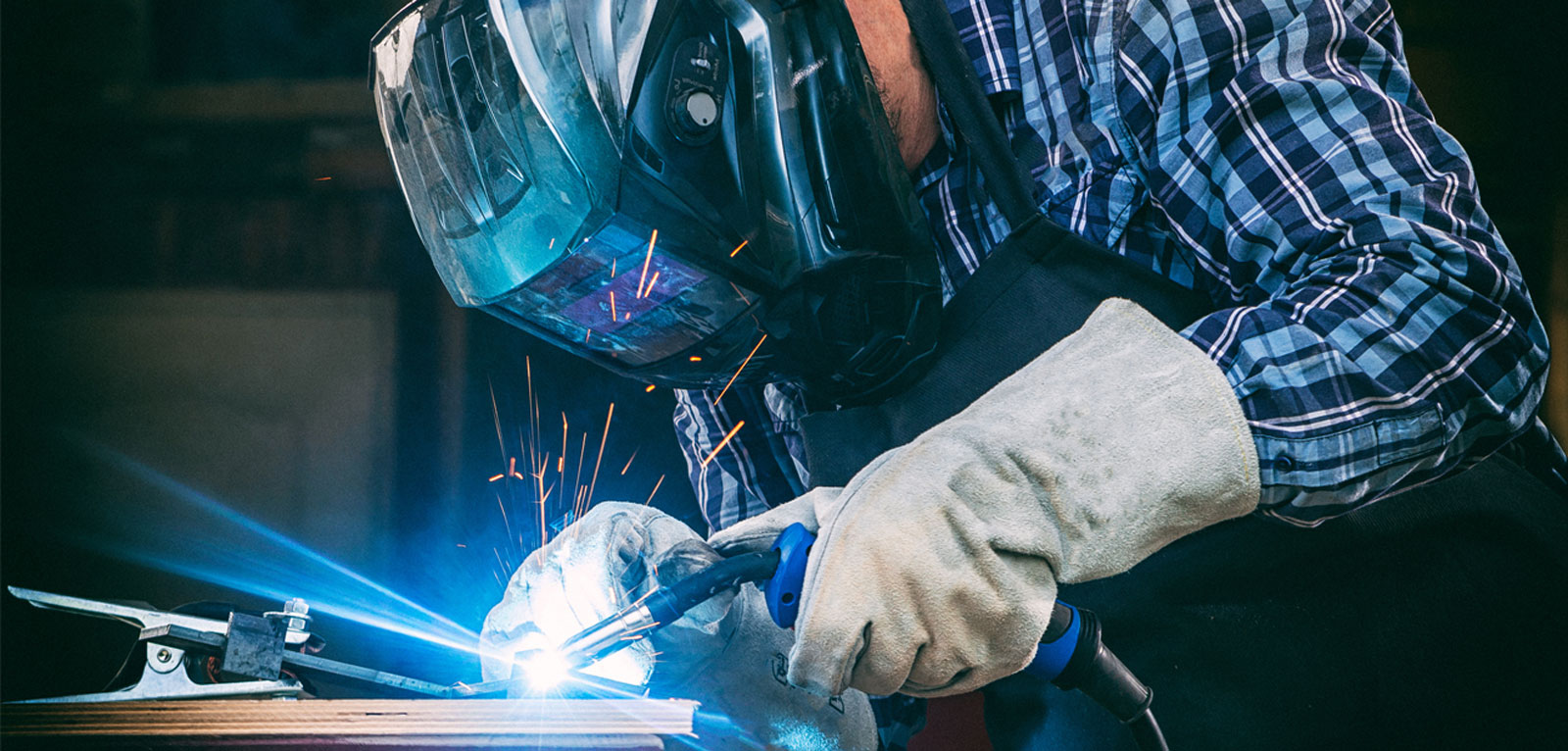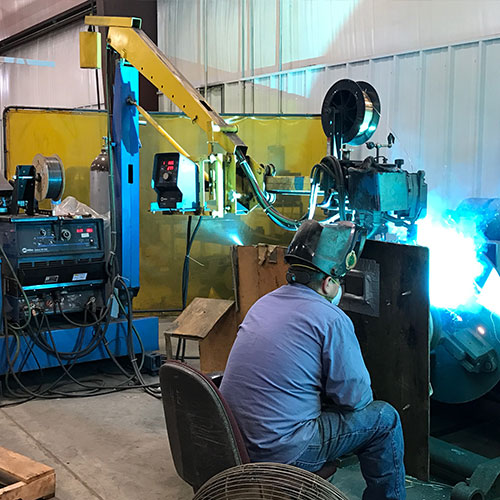Premier Welding Inspection Service for Production Facilities
Premier Welding Inspection Service for Production Facilities
Blog Article
Recognizing the Numerous Kinds of Welding Techniques and Providers Available

Introduction of Welding Methods
Welding techniques incorporate a varied variety of techniques utilized to join materials with each other permanently. One typical method is arc welding, which entails producing an electric arc between the base and an electrode product to melt and fuse them together. This strategy is functional and can be made use of with different metals, making it among one of the most extensively used welding procedures.

In addition, TIG welding, or Gas Tungsten Arc Welding (GTAW), is a tidy and accurate welding method that utilizes a non-consumable tungsten electrode to create the weld. TIG welding is typically used for thinner materials and offers excellent control over the welding process. Generally, understanding these various welding strategies is vital for selecting one of the most suitable approach for different projects.
Frequently Used Welding Approaches
A series of typically used techniques are utilized in the field of welding to successfully join products with each other. Among the most commonly utilized methods is Gas Steel Arc Welding (GMAW), additionally known as MIG welding. This method uses a wire electrode that is fed through a welding weapon, together with a protecting gas to protect the weld from contaminants in the air. One more typical approach is Shielded Metal Arc Welding (SMAW), or stick welding, which uses a flux-coated electrode to produce the weld. Tungsten Inert Gas (TIG) welding is favored for its precision and adaptability, making use of a non-consumable tungsten electrode to create the weld. Flux-Cored Arc Welding (FCAW) is generally made use of in commercial settings as a result of its high welding speed and mobility. In Addition, Submerged Arc Welding (SAW) is optimal for producing deep welds on thick products. These generally used welding methods cater to different demands and products, giving alternatives for numerous welding applications.
Advanced Welding Solutions
Structure upon the structure of typically utilized welding techniques, the realm of sophisticated welding solutions encompasses sophisticated methods and modern technologies that press the borders of accuracy and efficiency in material joining processes. Advanced welding solutions usually entail specialized methods such as laser welding, electron light beam welding, and friction stir welding. Laser welding uses a very focused beam of light of light to specifically join steels with minimal heat-affected zones, making it perfect for fragile or complex elements. Electron beam of light welding, on the various other hand, uses a high-velocity electron beam of light to produce deep weld penetrations in materials like aerospace alloys or different steels. Rubbing mix welding, a solid-state joining procedure, makes it possible for the welding of products that are testing to fuse utilizing standard techniques, like light weight aluminum and copper. These sophisticated strategies use boosted control over the welding process, causing stronger, much more durable welds with lowered distortion and boosted general quality.
Specialized Welding Methods

Another specialized welding strategy is laser light beam welding, where an extremely focused beam is used to sign up with metals with marginal heat-affected areas and distortion. This technique is commonly used in markets calling for high accuracy and sanitation, such as electronics and clinical tool production. In addition, explosive welding is an one-of-a-kind method that uses regulated nitroglycerins to bond different metals with each other, producing solid and trustworthy joints. These specialized welding methods showcase the diversity and advancement existing in the field of welding, supplying solutions for a vast variety of commercial applications.

Choosing the Right Welding Process
Selecting the proper welding process is paramount in accomplishing optimum results in steel fabrication and joining operations. With various welding strategies readily available, it is crucial to think about elements such as the sort of metal, thickness, joint layout, and preferred outcome when picking the best welding process - Welding Inspection Service. Among the usual welding approaches are Gas Metal Arc Welding (GMAW), Shielded Steel Arc Welding (SMAW), Gas Tungsten Arc Welding (GTAW), and Flux-Cored Arc Welding (FCAW) GMAW, additionally recognized as MIG welding, appropriates for welding slim to thick steels and is versatile in various settings. On the various other hand, SMAW, or stick welding, is a reliable technique for outdoor and field welding as a result of its mobility and simplicity. GTAW, or TIG welding, is excellent for welding thin materials and provides specific and top notch welds. FCAW is favored for welding thick materials and is recognized for its high welding speeds. Understanding the qualities of each welding process is vital in picking one of the most appropriate technique for a particular welding task.
Verdict
In verdict, comprehending the official source various sorts of welding methods and solutions available is necessary for go to website selecting the right method for a specific task. By recognizing the frequently made use of welding approaches, progressed welding solutions, and specialized methods, people can make educated choices to ensure the success of their welding tasks. It is essential to consider factors such as products, project needs, and budget when picking one of the most suitable welding process.
From typical approaches like stick welding to advanced processes such as laser welding, the world of welding provides a wide range of alternatives for signing up with steels with each other.In addition, TIG welding, or Gas Tungsten Arc Welding (GTAW), is a specific and tidy welding method that uses a non-consumable tungsten electrode to produce the weld. Advanced welding solutions commonly entail specialized techniques such as laser welding, electron beam of light welding, and rubbing stir welding. Among the typical welding methods are Gas Metal Arc Welding (GMAW), Protected Metal Arc Welding (SMAW), Gas Tungsten Arc Welding (GTAW), and Flux-Cored Arc Welding (FCAW) By being mindful of the commonly utilized welding techniques, advanced welding services, and specialized techniques, people find here can make informed decisions to guarantee the success of their welding tasks.
Report this page